Donagh Berry
Predicting Illness for a Sustainable Dairy Agriculture: Predicting and Explaining the Onset of Mastitis in Dairy Cows
Jan 07, 2021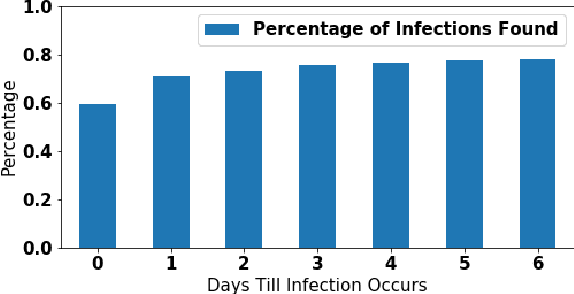
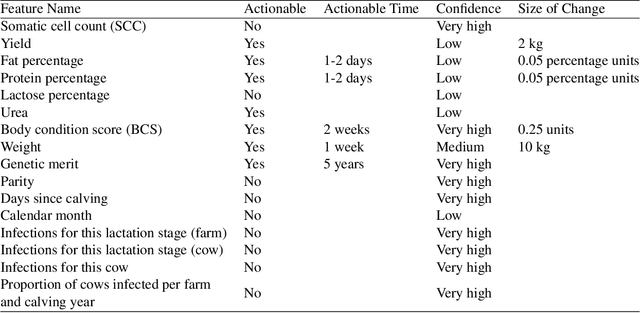
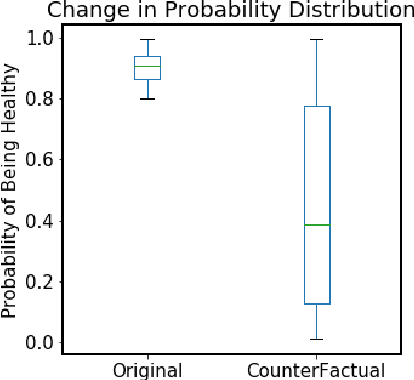

Abstract:Mastitis is a billion dollar health problem for the modern dairy industry, with implications for antibiotic resistance. The use of AI techniques to identify the early onset of this disease, thus has significant implications for the sustainability of this agricultural sector. Current approaches to treating mastitis involve antibiotics and this practice is coming under ever increasing scrutiny. Using machine learning models to identify cows at risk of developing mastitis and applying targeted treatment regimes to only those animals promotes a more sustainable approach. Incorrect predictions from such models, however, can lead to monetary losses, unnecessary use of antibiotics, and even the premature death of animals, so it is important to generate compelling explanations for predictions to build trust with users and to better support their decision making. In this paper we demonstrate a system developed to predict mastitis infections in cows and provide explanations of these predictions using counterfactuals. We demonstrate the system and describe the engagement with farmers undertaken to build it.
Can We Detect Mastitis earlier than Farmers?
Nov 05, 2020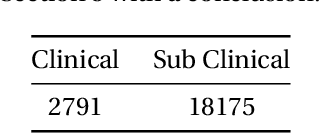
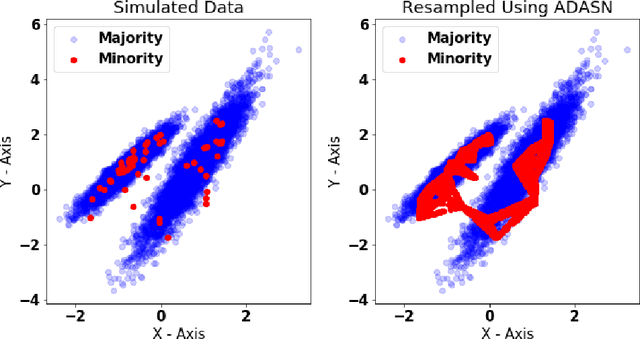


Abstract:The aim of this study was to build a modelling framework that would allow us to be able to detect mastitis infections before they would normally be found by farmers through the introduction of machine learning techniques. In the making of this we created two different modelling framework's, one that works on the premise of detecting Sub Clinical mastitis infections at one Somatic Cell Count recording in advance called SMA and the other tries to detect both Sub Clinical mastitis infections aswell as Clinical mastitis infections at any time the cow is milked called AMA. We also introduce the idea of two different feature sets for our study, these represent different characteristics that should be taken into account when detecting infections, these were the idea of a cow differing to a farm mean and also trends in the lactation. We reported that the results for SMA are better than those created by AMA for Sub Clinical infections yet it has the significant disadvantage of only being able to classify Sub Clinical infections due to how we recorded Sub Clinical infections as being any time a Somatic Cell Count measurement went above a certain threshold where as CM could appear at any stage of lactation. Thus in some cases the lower accuracy values for AMA might in fact be more beneficial to farmers.
 Add to Chrome
Add to Chrome Add to Firefox
Add to Firefox Add to Edge
Add to Edge